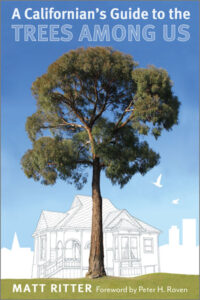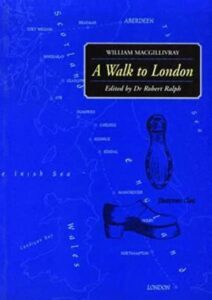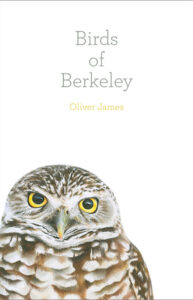Dr. Avery took a bit of a well deserved break over the holiday season, but now with turn of the year having passed, he’s back at his books and has brought us his thoughts about a book that I was not previously aware: Susanne Masters’ “Wild Waters; A Wildlife and Water Lover’s Companion to the Aquatic World.”




